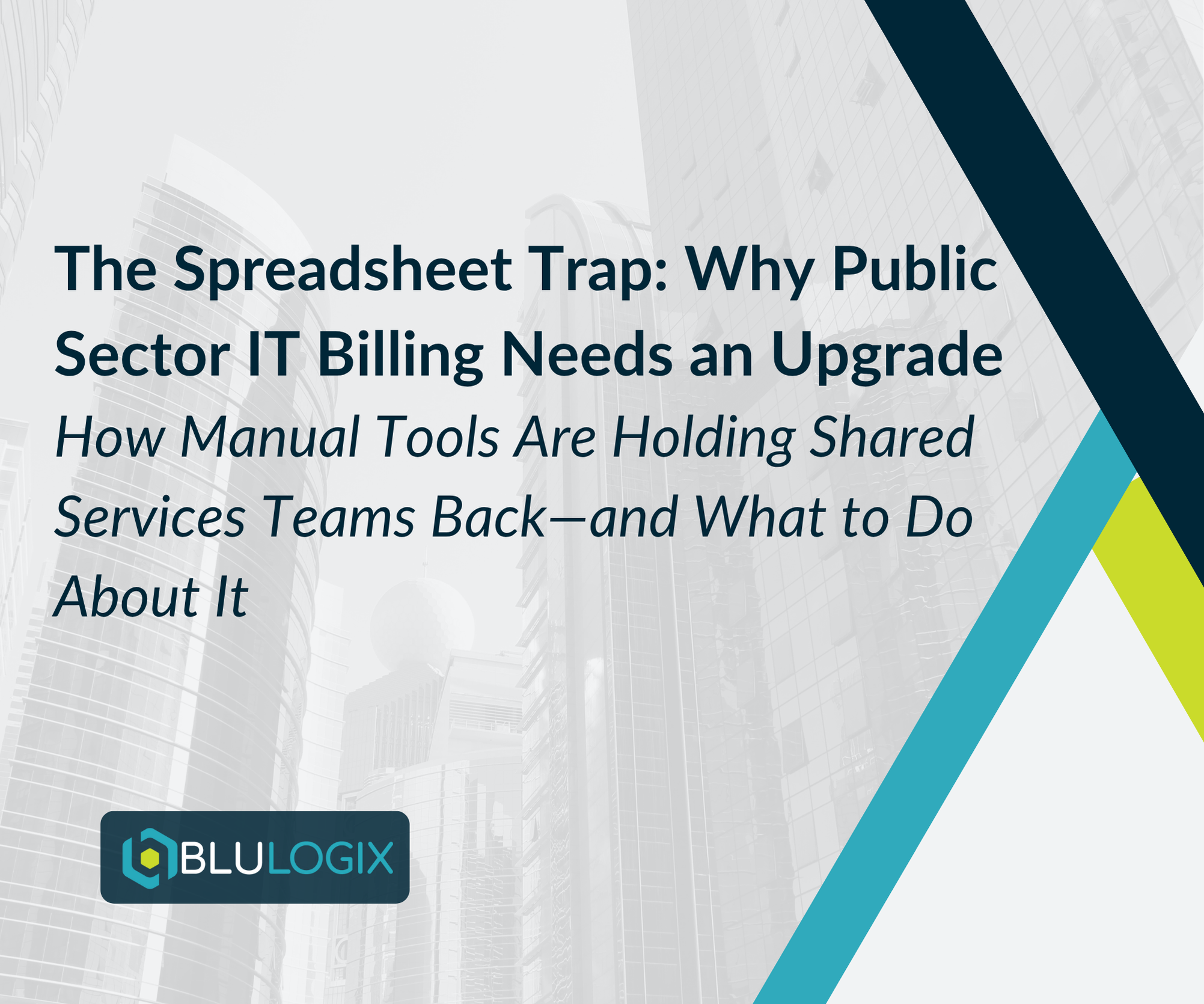Maximizing ROI: A Roadmap to Successful Subscription Billing Software Implementation
In today’s subscription-driven economy, the adoption of subscription billing software has become a necessity for companies aiming to streamline their revenue streams and enhance customer relationships. However, like any significant investment, ensuring a positive return on investment (ROI) from subscription billing software requires a well-thought-out strategy and meticulous execution.
In this comprehensive guide, we will explore the essential steps and strategies that companies can employ to achieve a positive ROI on their subscription billing software implementation. From defining objectives to optimizing processes, we’ll cover the key aspects of a successful implementation journey.
Take your business further with BluIQ’s flexible, scalable, enterprise-grade intelligent billing solutions.
Defining ROI Objectives
Before diving into the implementation process, it’s crucial to define clear and measurable ROI objectives. Start by answering these fundamental questions:
- What are the specific financial goals we want to achieve with this software implementation? This could include increasing revenue, reducing billing errors, or decreasing operational costs.
- How will we measure success? Establish key performance indicators (KPIs) that align with your objectives. For instance, if reducing billing errors is a goal, track the percentage of error-free invoices.
- What is the expected timeframe for achieving these goals? Set realistic timelines for achieving your ROI objectives. Some benefits may be realized immediately, while others might take months to materialize.
Selecting the Right Subscription Billing Software
The foundation of a successful implementation lies in choosing the right subscription billing software. Consider the following factors when evaluating software options:
- Alignment with Business Needs: Ensure the software aligns with your specific business requirements, including pricing models, billing complexity, scalability, and integration capabilities.
- Vendor Reputation: Research the vendor’s reputation, customer reviews, and industry expertise. A trusted vendor is more likely to provide reliable software and support.
- Total Cost of Ownership (TCO): Calculate the complete cost of ownership, including licensing, implementation, training, and ongoing maintenance. Avoid hidden costs.
- Scalability: Choose software that can grow with your business. Scalability ensures that your investment remains valuable as your company expands.
- Integration Capabilities: Ensure the software seamlessly integrates with your existing systems, such as CRM, ERP, and accounting software. Integration reduces manual data entry and errors.
Planning and Preparation
With the software selected, it’s time to plan and prepare for the implementation process:
- Create a Cross-Functional Team: Assemble a team with members from finance, IT, sales, customer support, and other relevant departments. This diversity ensures all perspectives are considered.
- Data Migration: Plan the migration of existing customer data, billing information, and other relevant data to the new system. Data accuracy is crucial for a smooth transition.
- Training: Invest in comprehensive training for your team. Ensure they are well-versed in using the software’s features and functionalities.
- Testing: Conduct rigorous testing to identify and address any issues or discrepancies. Thorough testing helps prevent problems post-implementation.
Implementation and Optimization
During the implementation phase, focus on these critical aspects:
- Efficiency Gains: Identify opportunities to improve efficiency in your billing processes. Implement automation wherever possible to reduce manual effort and minimize errors.
- Billing Accuracy: Ensure the software generates accurate invoices and handles complex billing scenarios correctly. Billing errors can lead to customer dissatisfaction and financial losses.
- Customer Communication: Keep customers informed about changes in the billing process. Transparent communication builds trust and reduces confusion.
- Monitoring and Analytics: Utilize the software’s reporting and analytics capabilities to monitor key metrics and track progress toward your ROI objectives. Adjust strategies as needed.
Measuring and Optimizing ROI
As you progress with the subscription billing software, regularly measure and optimize your ROI:
- Track KPIs: Continuously monitor the KPIs defined at the outset. Compare actual results with your ROI objectives to gauge progress.
- Optimize Processes: Identify areas where further process optimization is possible. Implement best practices to streamline operations and reduce costs.
- Customer Feedback: Solicit feedback from customers regarding their billing experiences. Use their insights to further improve billing processes and enhance customer satisfaction.
- Regular Reviews: Conduct regular reviews with your cross-functional team to assess the software’s performance and ROI. Adjust strategies and objectives as necessary.
Avoiding Common Pitfalls
To maximize ROI and minimize risks, be mindful of common pitfalls:
- Insufficient Planning: Rushing into implementation without a well-thought-out plan can lead to chaos. Take the time to define your goals, assess your needs, and create a detailed roadmap.
- Poor Data Management: Inaccurate or incomplete data migration can disrupt operations. Invest in data cleansing and verification to ensure a smooth transition.
- Inadequate Training: Neglecting proper training for your team can result in underutilization of the software’s capabilities. Invest in training programs to maximize software efficiency.
- Lack of Scalability: Implement software that can grow with your business. Ensure it can handle increased volumes without performance issues.
- Ignoring Customer Communication: Failing to communicate changes to your customers can lead to confusion and dissatisfaction. Keep customers informed about billing process changes.
Achieving a positive ROI on subscription billing software implementation is attainable with careful planning, the right software selection, and ongoing optimization. By defining clear ROI objectives, selecting the appropriate software, and adhering to best practices, your company can unlock the full potential of subscription billing software and reap the financial benefits it offers.
Take your business further with BluIQ’s flexible, scalable, enterprise-grade intelligent billing solutions.
Learn more

The Spreadsheet Trap: Why Public Sector IT Billing Needs an Upgrade

How Cost Recovery Chargeback Rebuilds Trust in Public Sector IT


